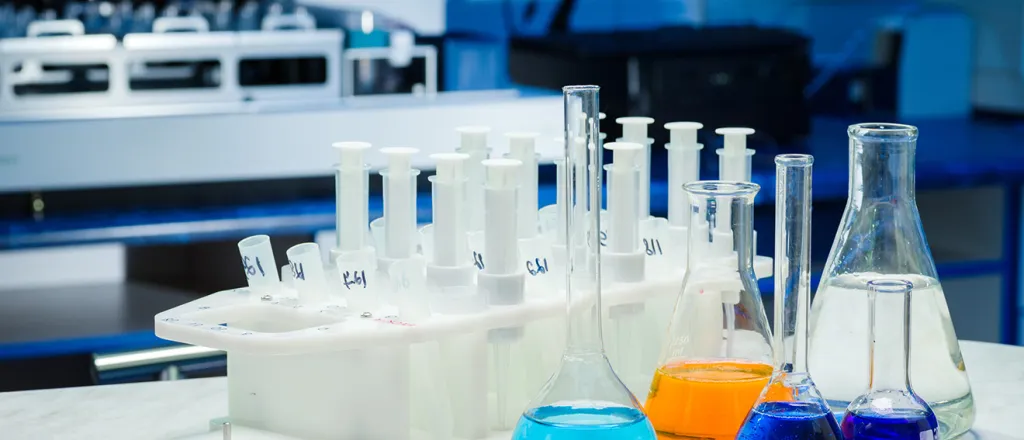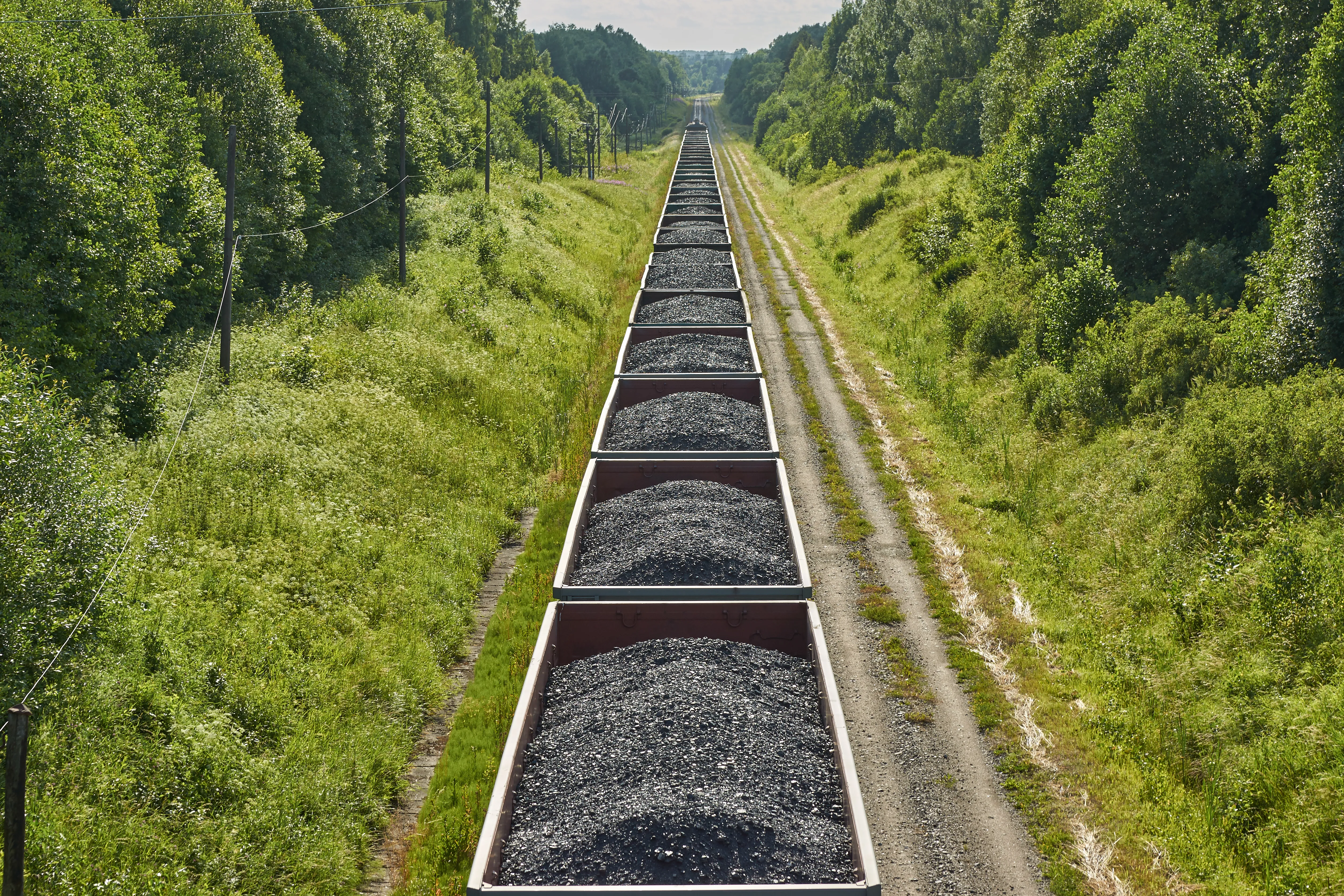
Dry cleaning workers better protected under EPA chemical ban
Click play to listen to this article.
The Environmental Protection Agency this week banned a toxic chemical commonly used in dry cleaning and other consumer products.
Trichloroethylene and perchloroethylene have been used for decades and are known to affect the liver, brain, kidney and immune and nervous systems. Research shows dry-cleaning and laundry workers are at increased risk of dying from cancer.

© iStock - nevarpp
Jennifer Orme-Zavaleta, former principal deputy assistant administrator for science at the EPA Office of Research and Development, said businesses will be required to use alternatives and employees will be safer at work, adding the changes also affect surrounding communities.
"If you happen to live near a dry-cleaning facility, you know there would be the potential for the ground to be contaminated and for these chemicals to get into the water supply," Orme-Zavaleta pointed out.
California has been ahead of the curve. In 2007, the state banned installations of new perchloroethylene dry-cleaning machines, required existing ones be shut down by 2010, and required a complete ban of use of the chemical by 2023.
Orme-Zavaleta noted many environmental statutes are aimed at cleaning up hazardous chemicals. While recent legislation has enabled the EPA to more effectively reduce exposures or prevent them from happening in the first place, she stressed the effort takes time and resources.
"The agency's been playing a lot of catch up," Orme-Zavaleta acknowledged. "They need to keep going, but they also need to be looking to the future, especially looking at some of the new chemicals coming into commerce."
According to the advocacy group Heal the Planet, the dry-cleaning industry uses hundreds of millions of gallons of solvents such as perchloroethylene every year, the chemical's airborne particles are difficult to detect in the air and can linger for weeks.

















